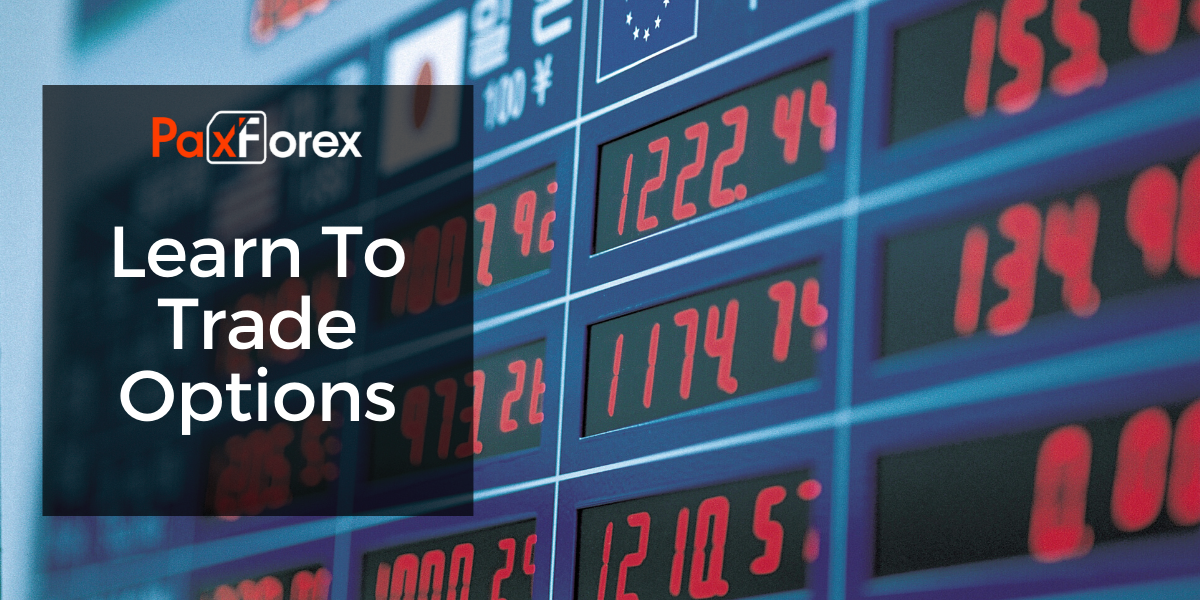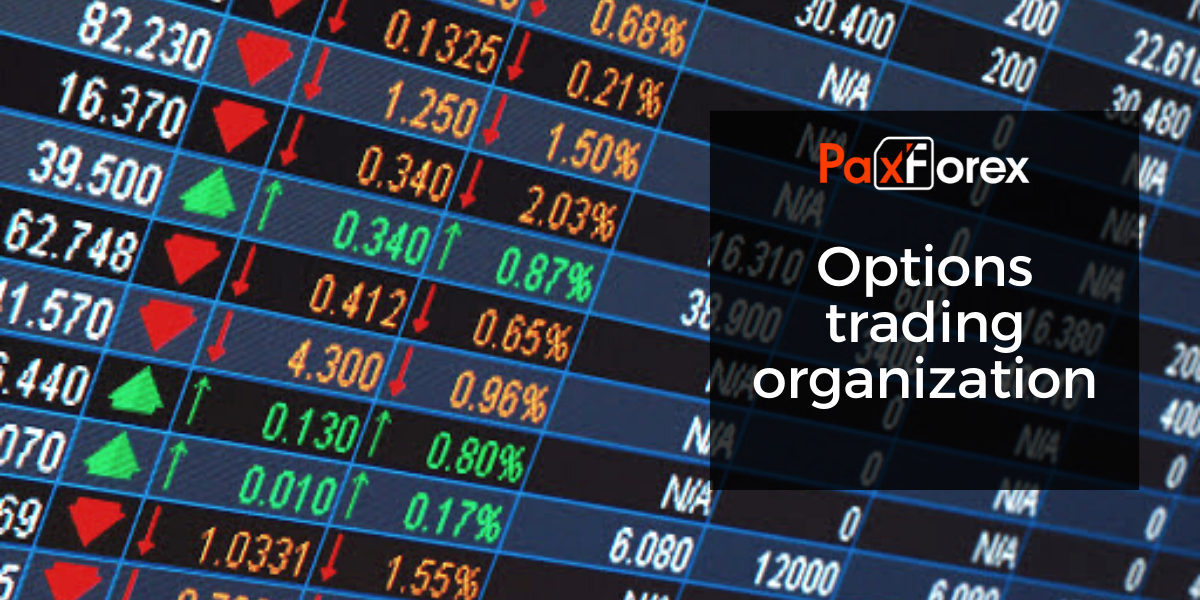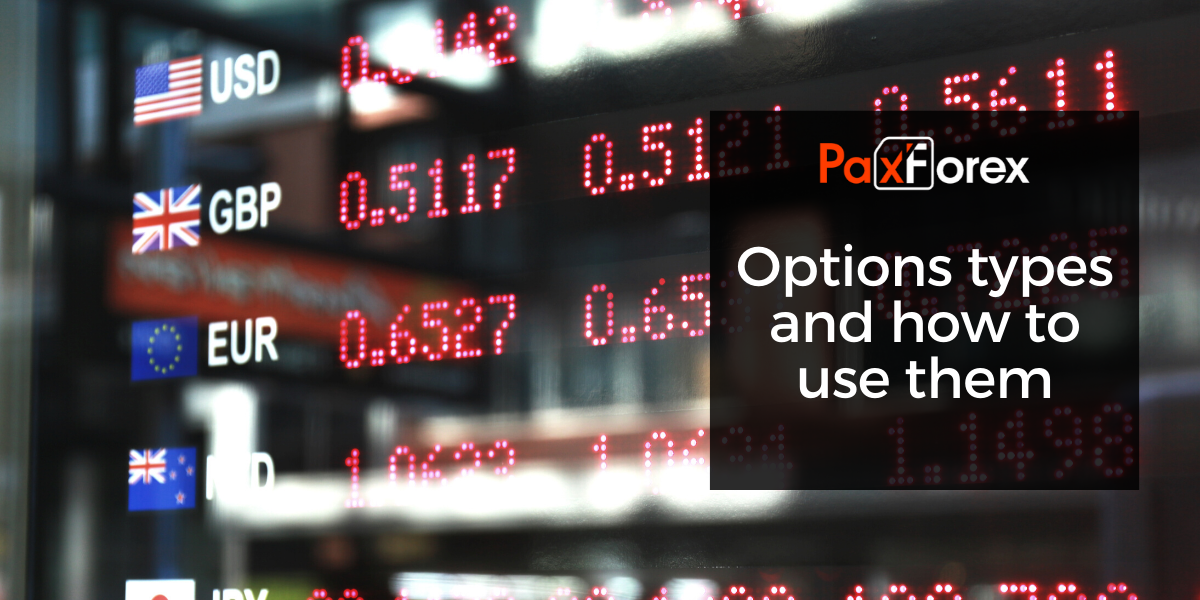
An option is a unique tool that allows, on the one hand, to effectively reduce risks on existing positions both on the futures and stock markets. On the other hand, it is an asset, which allows earning not only on directed movement of exchange instruments (on increase at purchase and decrease at the sale) but also on movement in any direction.
Once you decided to learn options trading, do it from the moment of buying the first share (or futures) because options help to control risk much more effectively than stop orders, and success in exchange trading depends on how much the trader can minimize the risks.
In its essence, an option is like insurance. Imagine that by buying shares, you can conclude a stock exchange agreement for a month with the possibility to sell back your shares at a determined price (strike price) if, for example, the share price does not rise. And the cost of such an agreement will be on average 3-3.5% of the share price. If the share price rises, then there will be a profit on the shares, minus the option value (since it is not reasonable to execute a sale at a lower price). An approximately similar role of "exchange insurance" is played by options, by the way, their value can be even lower.
In order to better understand what an option is, let's give an example of a Euro futures option and a trade with that option.
At point A, we assume that the euro will fall, and we buy the Put option (an option that will allow us to sell the asset, a euro futures), with strike 1.34 and a lifetime of 2 months (i.e. the expiry date in 2 months). The cost of this option is $750. This time we were right and the Euro was really falling for the next 2 months. At point B we have an option to sell a euro futures at 1.34, even though the current price of the futures is 1.28, i.e. after executing our option, we sell the futures at 1.34 and we can immediately close this position, fixing 600 points of profit, which equals $7.500 of profit. We will deduct the reward we paid for the option from this profit and get $6.750 net profit.
So, using the option allowed us to expand our investment by 10 times in 2 months or get 1000% profit in 2 months.

Options trading on the exchange is carried out on the futures market, where futures contracts are also traded. The formation of reward/loss on options is based on the principle of assessment/writing off the variation margin at 19:00, and the transactions are concluded by reserving collateral, as well as when trading futures contracts. Options trading also takes place from 10:00 to 23:50 according to the futures market schedule.
Futures are the underlying asset for options. On the futures market options are represented by the same assets as futures: stock indices, currency, commodities, and the most liquid stocks. And since there is almost no difference between the dynamics of stocks and futures on these stocks, an option on a futures market can ensure positions on stocks.
What influence the value of the option?
- supply and demand;
- the price of the chosen asset;
- pre-expiration time;
- the volatility of the underlying asset;
- interest rate (Forex options);
- dividends (for stocks).
The option price is calculated by the exchange and is a logical price. But in practice, the actual price may be slightly different from the expected price, because traders can change the option price during exchange trading.

Options come in two kinds: call and put. A call option is a deal for the right to purchase an asset before a certain date in the future at a price and quantity defined at present. A put option is a contract for the right to sell an asset until a certain date in the future at a price and quantity defined at present.
In other words, if you have bought a futures contract or a share and the price of the asset has gone down, then having a put option (the right to sell) you can write off an existing cheaper asset at the price stipulated in the option - the so-called strike price.
Similarly, having a short position on the asset and a call option (right to buy), you can close the position at the strike price if the value of the sold asset moves negatively.
Information on options is presented in the form of option boards, where strike prices (at which futures will be traded) are presented in the center; in the green field on the left - call options; in the red field on the right - put options. Conversely, for each strike, there are option prices: theoretical price (recommended by the exchange), demand (best bid price) and supply (best offer price). The rest of the prices (not only the best prices) can be viewed in the glass of the corresponding option.
Call options. It is worth saying that you can deal with options without the underlying asset. In this case, gain from a call option is generated when the price of the asset rises above the strike price by values above the value of the option itself. As far as the rate beats that value, this is the call profit (you will be entitled to buy the asset at a value lower than the current one). And there is no particular difference in how the price will rocket. No matter how deep the price can drop in the meantime, you need it to rise before the option expires.
To make a profit on a put option (the right to sell the asset), the price of the underlying needs to fall below the strike price of the put itself. Decreasing more than that will be the gain on the option (you will have the option to sell more expensive than the asset is worth at the time). And it does not make much difference how this decline occurs; you need the price to go down before the option expires.
Put options. Not solely can options be bought, but they can also be sold, thus earning money by not moving the asset to the strike price. If you believe that the market will not rise above a certain level (levels can be taken above the current price) before the expiry date, you can earn by selling a call option with the corresponding strike price. If you think that the asset will not fall below a certain level before the expiry date, you can earn by selling a put option with a strike price (the strike price can be taken below the market).
Reward/risk of buyers/option sellers. Thus, it turns out that the buyer and seller of options are in different rights and opportunities. If the buyer of an option has the right to execute his contract (he may or may not exercise this right, e.g. if it is impractical), the seller of the option must fulfill his duties for the amount paid by the buyer upon request.
The risk of the buyer of options is the total loss of the value of the option if it is impractical to exercise it (if the price did not exceed the strike on the option value).
The risk of the option seller is the necessity to fulfill the buyer's demand at an unprofitable price (if the option price has gone beyond the strike on the value of the option itself).
Thus, the one who buys has extensive earnings potential when the value of the traded asset moves beyond the strike in the direction of the option, but 100% risk if this movement is not realized before the expiry date. (But if you see that the movement is unlikely to move, you can sell the existing option, reducing your risk).
The seller of an option has limited reward (the amount paid by the buyer) but unlimited risk if the price of the asset traded goes beyond the strike price by more than the value of the option. But the likelihood of the seller making a profit is higher since it is sufficient for the seller to either move the asset in the opposite direction to the strike price or not move the asset at all. The buyer, on the other hand, makes a profit if the asset moves towards the strike price.
An example of a reward for increasing volatility. Options can be purchased not only individually, but in a complex way, forming an options portfolio that will bring income in a more non-linear way. Thus, for example, if you buy both Call and Put at the same time on the same strike, then the profit can be generated by any movement of the rate, even in case of growth, even if the price falls by an amount exceeding the cost of acquiring both options. This is because if the option goes up, the put option will depreciate and the call option will go up in value. And as soon as the call rises in value above the value of the put and call, profit is generated. Similarly, if the value of the underlying decreases, the call is depreciated and the cost of the put increases. And as soon as the call rises above the value of both options, profit is generated. Such option structures are called the purchase of volatility.
All in all, for successful exchange trading, option learning is highly desirable, as options help any investor to control risks. But besides risks, you can make decent money on absolutely non-linear variations of price movements by building various options structures, but this will require more experience and patience, of course.
We are one of the fastest growing Forex Brokers in the Market. Trade with PaxForex to get the full Forex Trading experience which is based on...
- The Reliability on all Assets in the Market
- Trusted Worldwide for over a Decade
- Live Multi-Lingual Online Support 24/5










